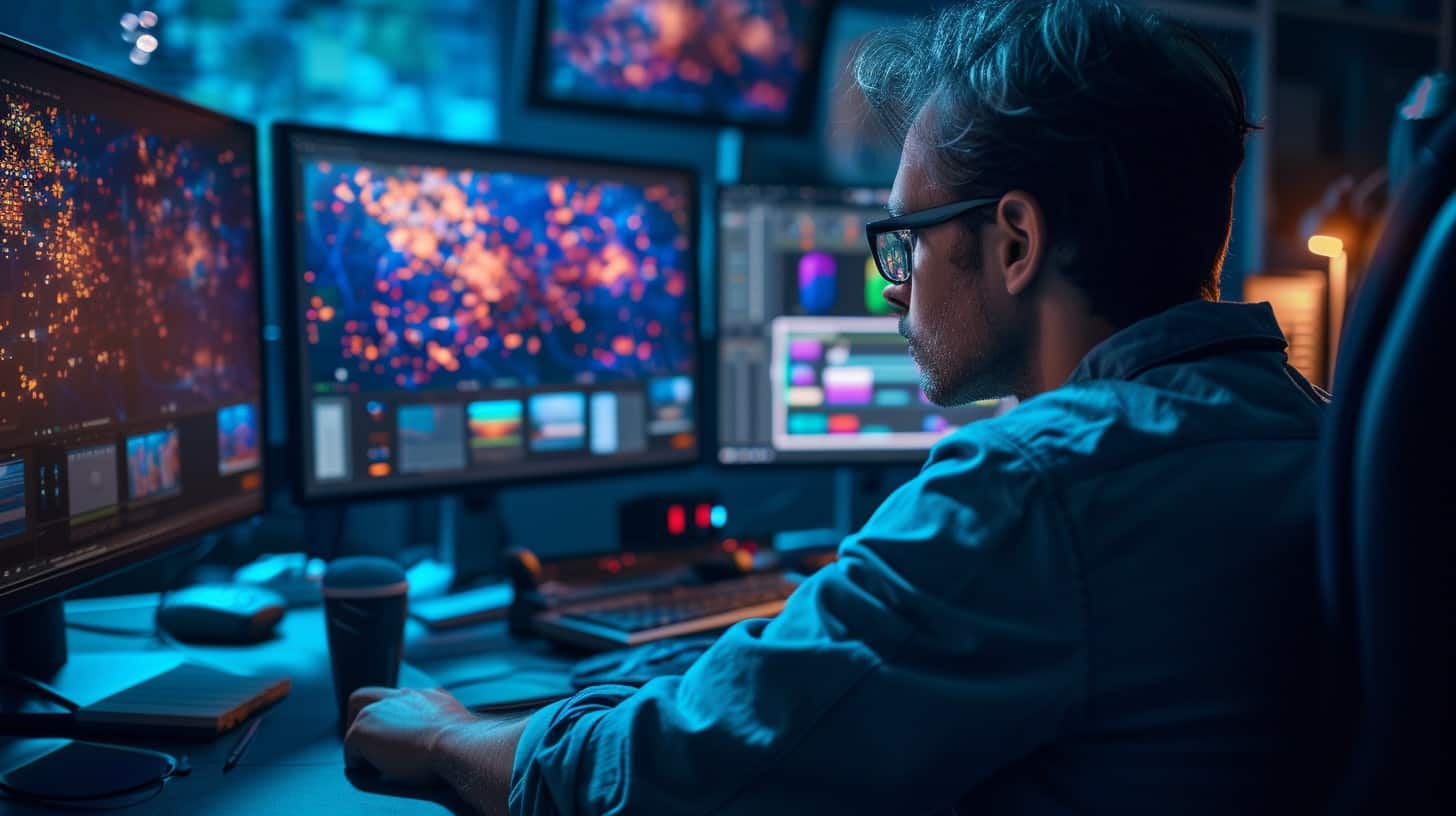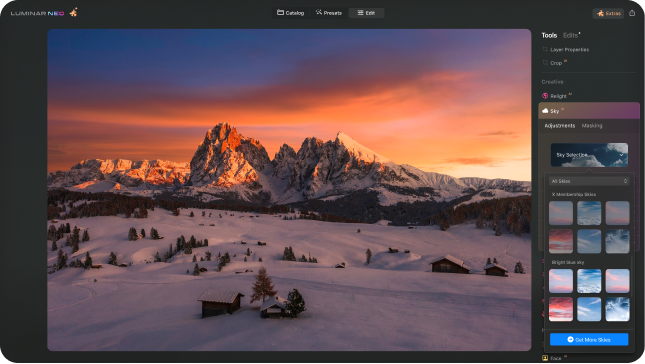Ever captured that perfect moment only to later discover those unwanted grainy gatecrashers ruining your masterpiece? Totally frustrating, right? I get it. But fret not! After sifting through the static (see what I did there?), I’ve handpicked the elite noise reduction software lineup—your soon-to-be secret weapon for silky-smooth images.
You’re in luck because this guide is all about breaking down the best of the batch, flaunting their strong suits, and spotlighting any little quirks they might have. By the end of it all, you’ll be more than ready to banish that digital noise once and for all.
So let’s jump in and smooth things out together!
Key Takeaways
Noise reduction software helps clean grainy spots from photos, especially shots taken in low light or with high ISO settings.
Some top noise reduction programs include Topaz DeNoise AI, DxO PureRaw 2, ON1 NoNoise AI, Adobe Lightroom, and Luminar NEO. Each has unique features like detail preservation and artificial intelligence tools.
When choosing the right software, consider factors such as ease of use, processing speed, compatibility with other editing tools you use, and budget for purchasing and updates.
Many options offer trial versions; trying before buying can help decide which fits best with your workflow and gives the desired results.
Combining more than one tool—for example, Capture One with Topaz DeNoise AI—can often yield better results for challenging noise issues in photos.
Understanding Image Noise in Photography
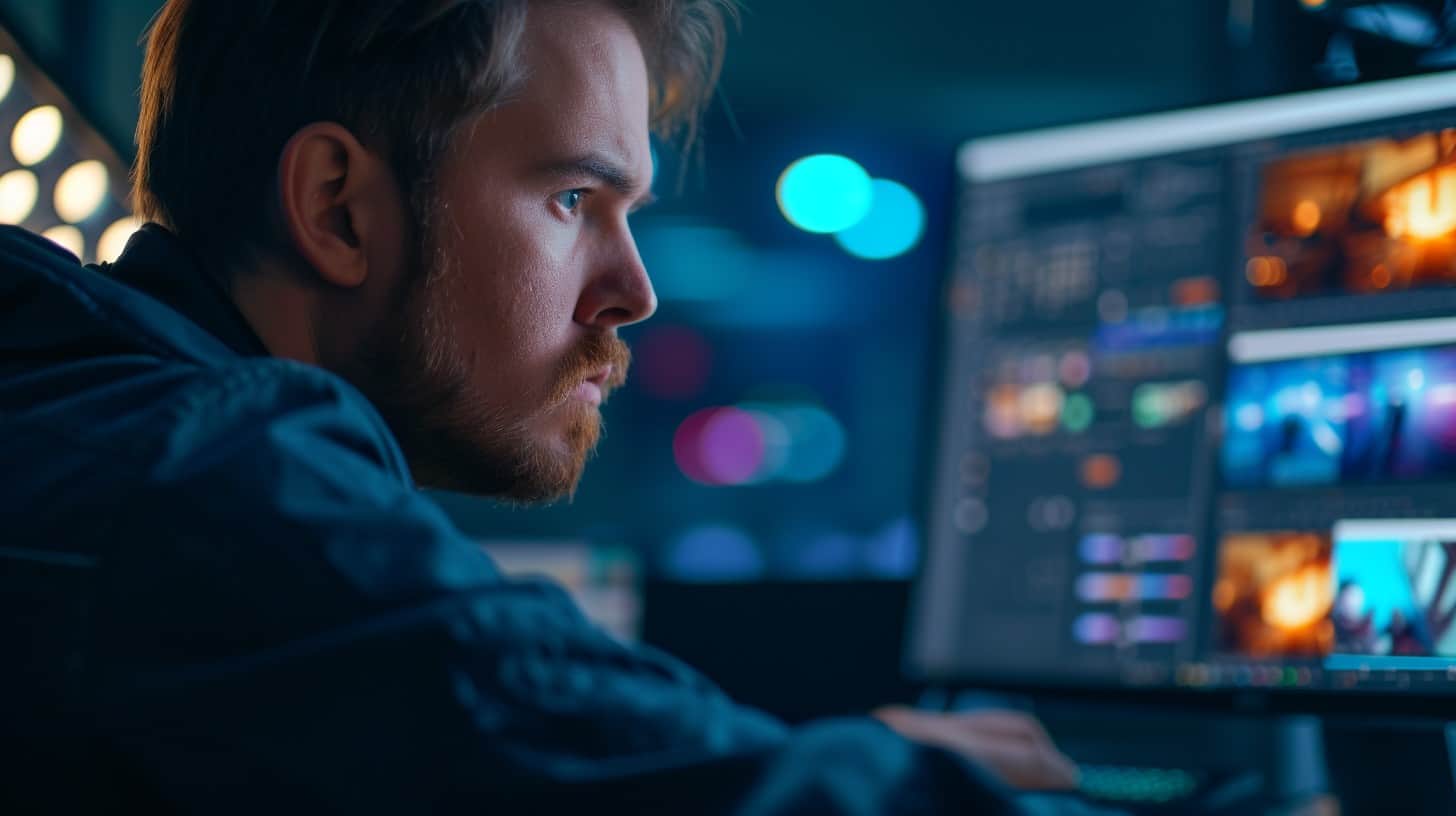
So, we’ve set the stage for why reducing image noise is a big deal. Let’s dive into what this noise stuff actually is in photography. Picture this: You snap a photo in low light, and when you look at it on your screen, it’s got these tiny specks or grain all over it.
That’s image noise. It happens because your camera’s sensor gets all worked up trying to capture an image when there isn’t much light.
Here’s the scoop – there are two main kinds of noise that mess with our photos: color and luminance. Color noise looks like random rainbow colors dotting your picture, while luminance noise makes the photo seem gritty or grainy, kind of like an old school film photograph, but not in a cool way.
Now imagine using higher ISOs to shoot in darker places; sure enough, more unwanted speckles show up! But don’t stress about these pesky dots ruining your shots—I’ll help you figure out how to choose top-notch software that can make them vanish like magic!
Importance of Noise Reduction Software

I get it, noise in photos can be a real pain. It sneaks into your shots like an uninvited guest and crashes the party. That’s where noise reduction software comes into play – think of it as the bouncer that kicks out that unwanted fuzziness from your pictures.
When you snap photos in low light or crank up the ISO, things can get grainy fast. But with good denoising tools, those pesky grains don’t stand a chance.
Let’s face it; who likes blurry details or weird color dots messing up their art? Not me! Noise reduction software helps to clean up the mess and saves those precious pixels from being lost in translation between what our eyes see and what our cameras capture.
Whether I’m perfecting a portrait or fine-tuning a landscape, making sure my images are crisp and clear is top priority – thank heavens for technology that has my back (and my photographs)!
Review of Top Noise Reduction Software
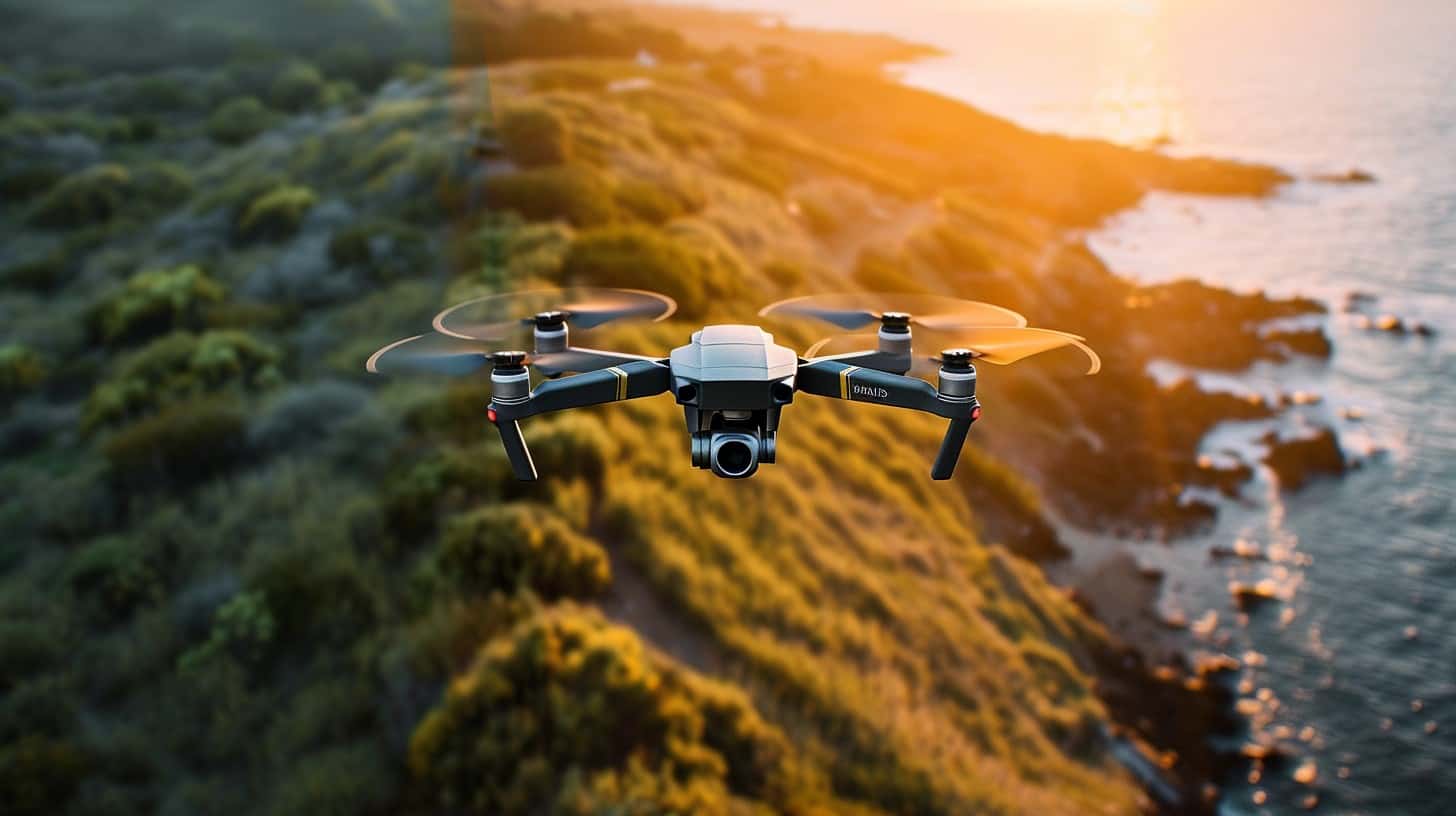
Hey there, fellow photo geeks! So, we’re about to dive deep into the world of noise reduction software – you know, those magic wands that make our grainy photos silky smooth. I’ve been tinkering and testing the crème de la crème tools out there (and yeah, there’s quite a few!), so buckle up for an insider scoop on what each one brings to the table…
Spoiler alert: some pretty cool features await us! Now, shall we embark on this pixel-perfect adventure?.
Topaz Denoise AI
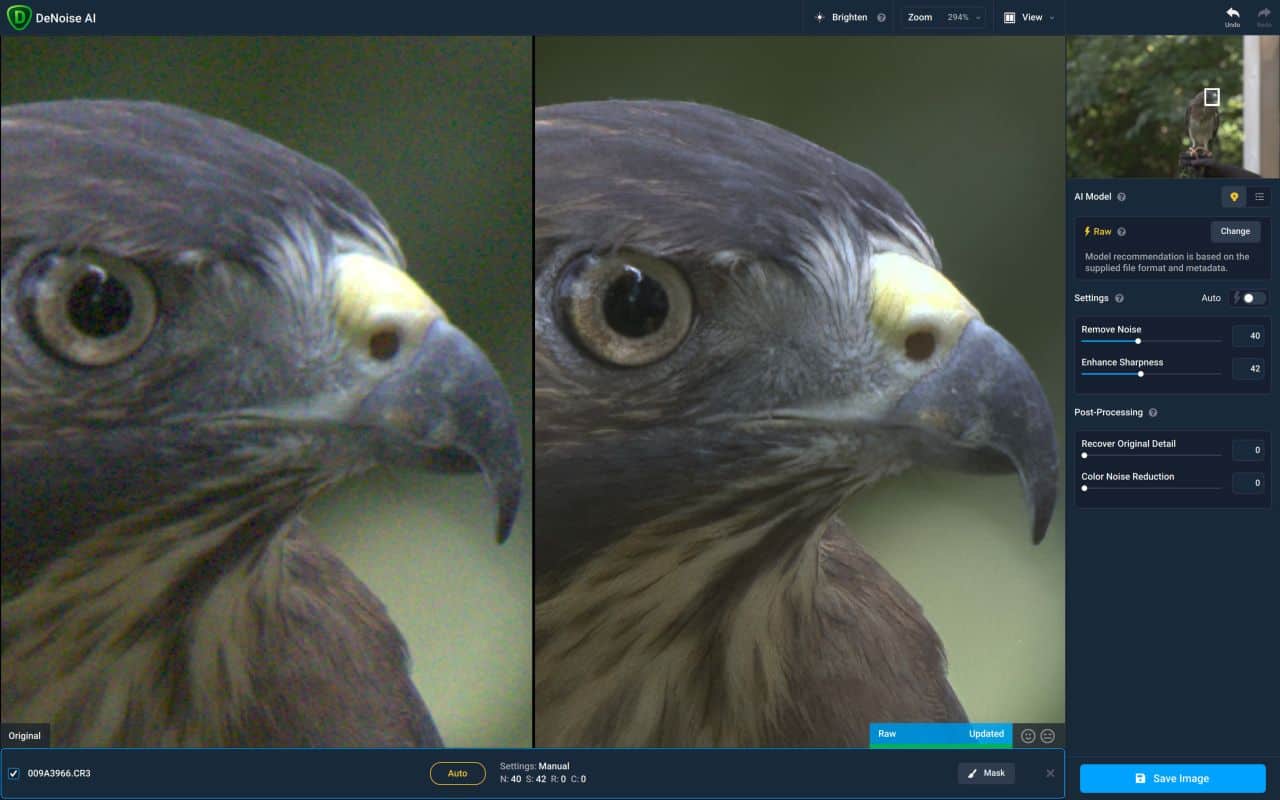
So, I got my hands on Topaz DeNoise AI and let me tell you, it’s like a magic wand for noisy photos. Think of those low-light shots you love but hate the grain; this software makes that noise vanish while keeping the detail sharp.
It’s not just hype – photographers are calling it the best out there in 2024. And get this, it supports RAW and DNG files, which is huge for us who want top-notch image quality.
Sure, it’s a bit of a beast with system requirements and might test your patience with slower processing times. Plus, after your first year, you gotta pay for updates—ouch! But at $79.99 with discounts popping up now and then? Feels worth it to give those high-ISO pics some love without turning them into mushy paintings.
It works solo or as a lightroom plugin too—it fits right into your workflow like that missing puzzle piece.
DxO PureRaw 2
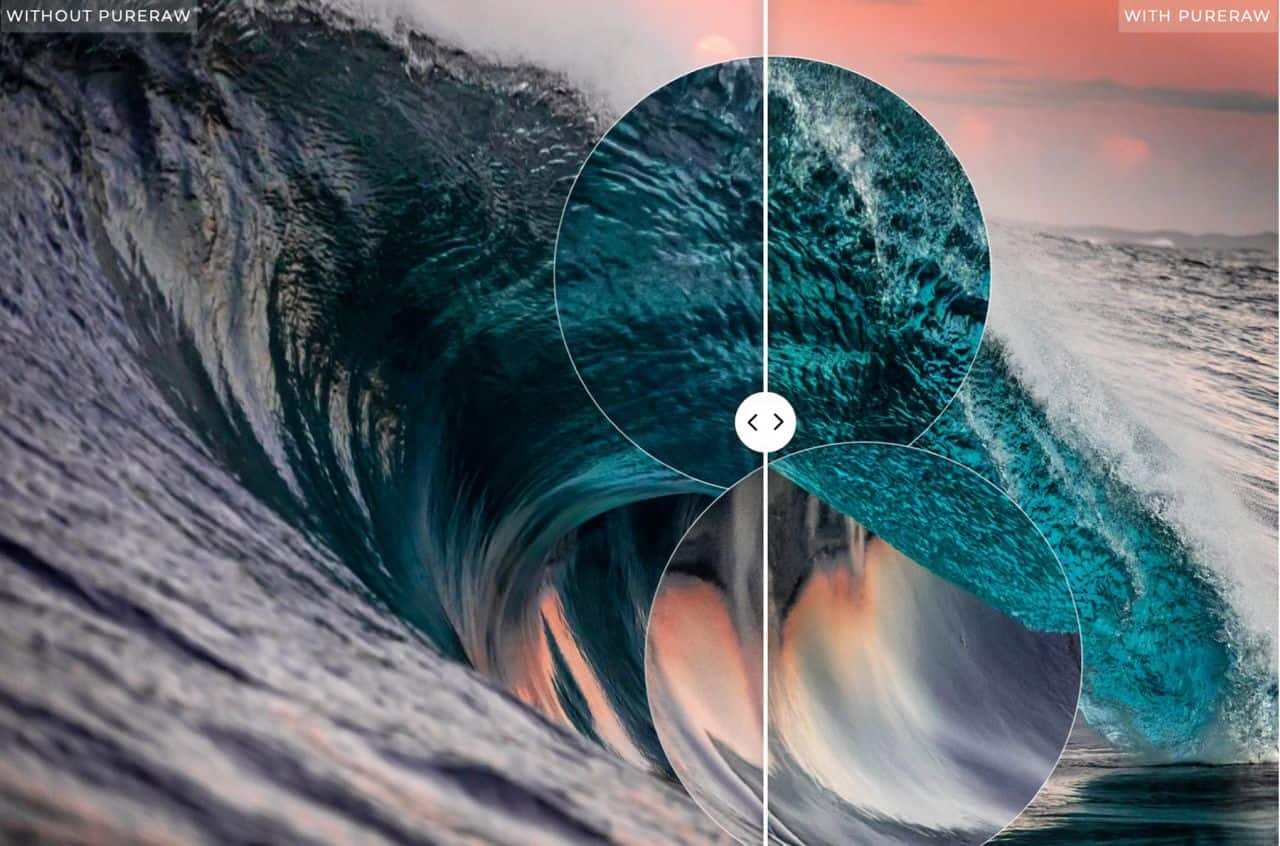
Let me tell you about DxO PureRaw 2. This software is a noise-fighting hero for your photos. It’s got this smart way of using artificial intelligence to make that pesky noise take a hike – without making your picture look all mushy.
They’ve really thought about the details, too, with tools to fix up your lens issues and even correct optical quirks.
Sure, it doesn’t have every bell and whistle like some plugins or settings that other programs offer, but what it does, it does well. I mean, if you’re tired of seeing grainy shadows or colors that just don’t feel right in your digital photography work, this could be your new best friend.
Just slide around those controls for luminance and color noise until everything looks spot-on – crisp but not overcooked! Now let’s switch gears and talk about ON1 NoNoise AI…
ON1 NoNoise AI
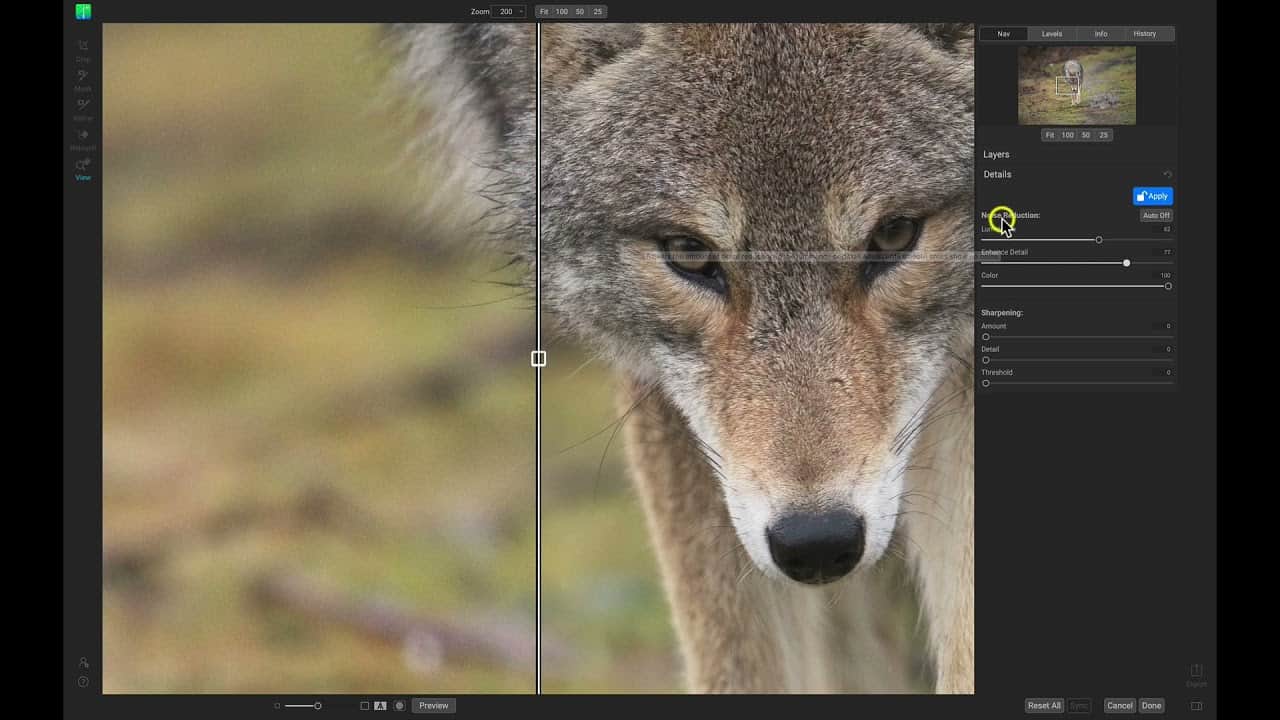
So, we’ve just talked about DxO PureRaw 2, but let’s not forget another player in the game: ON1 NoNoise AI. This guy came into the noise reduction world with some cool tricks up its sleeve.
Think of it as that friend who always has a gadget for everything—you’ve got grainy photos? It’s got automatic noise removal to clean things up without breaking a sweat. And if you want more control, there are sliders to tweak your images until they shine.
But hey, nobody’s perfect—ON1 NoNoise AI can be a bit slow and might make you scratch your head trying to figure out its interface. You’ll need patience and maybe a coffee while waiting for it to do its thing.
It also doesn’t shout out how much it costs right off the bat (you have to hunt down those deals), but once you’re in, it gives RAW files some serious love with detailed improvements thanks to artificial intelligence capabilities—even though sometimes at turtle speed!
Adobe Lightroom
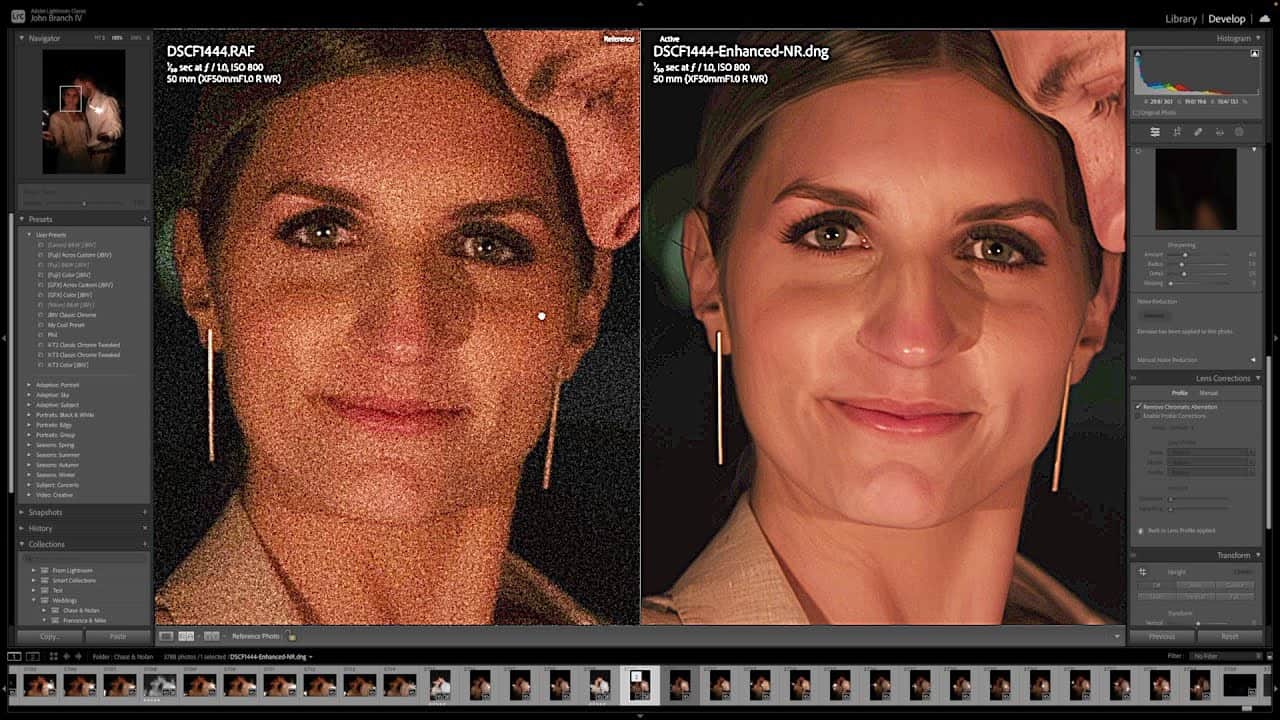
Adobe Lightroom is a big deal for us photo geeks. I get why some folks might not be thrilled with its noise reduction game, especially compared to other fancy tools out there. But hear me out—it’s like a Swiss Army knife for your pics! You can tweak exposure and color, sure, but where it really shines is in managing those noisy shots taken in low light or when you’ve had to crank up the ISO.
Okay, let’s talk nitty-gritty. Lightroom uses both luminance and color noise reduction sliders that you can play around with until your photos look just right. Plus, the detail preservation? Pretty slick if you ask me.
Now, I’ve heard some photographers aren’t totally sold on it—maybe because of Capture One‘s rep or their cash sunk into LR catalogs—but honestly? For an all-rounder that lets you sort, edit, and keep your digital negatives tidy (yeah Adobe Camera Raw integration!), it’s a solid choice for most shutterbugs from wedding photographers to folks snapping shots at geeky hobby conventions.
Adobe Photoshop
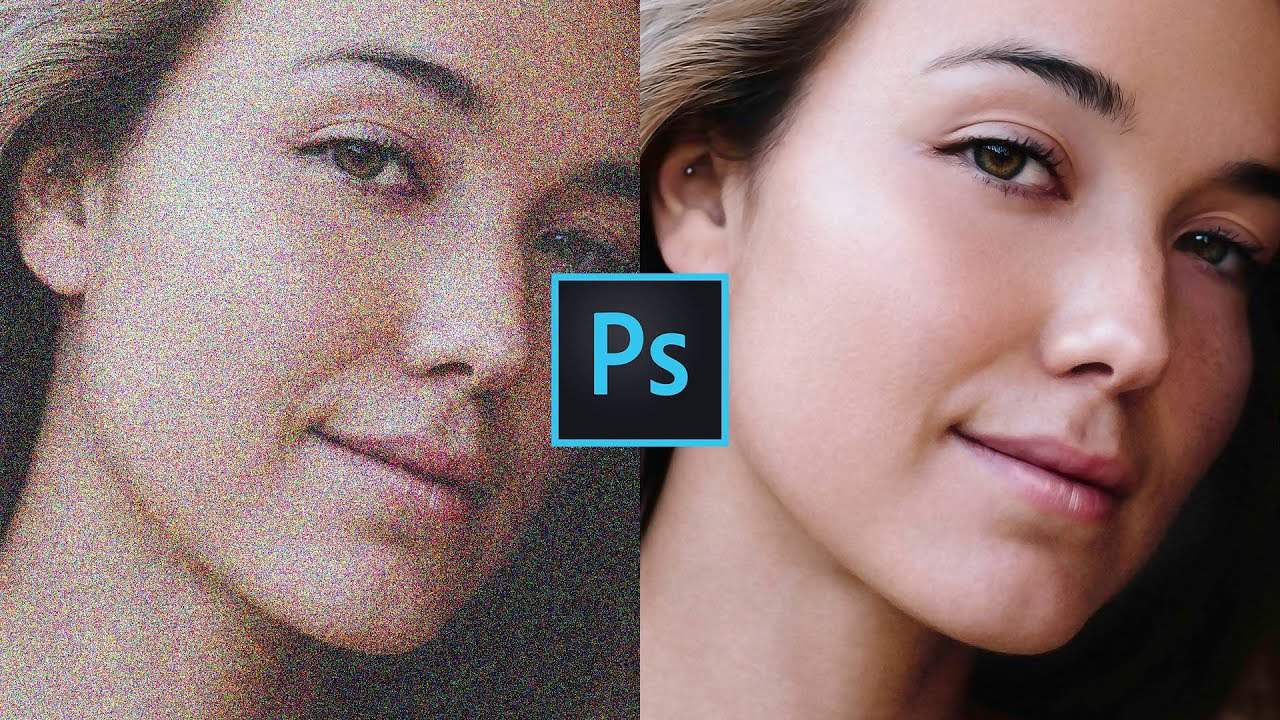
So, we’ve talked about Adobe Lightroom, right? Now, let me tell you about its cousin in the editing world: Photoshop. It’s a powerhouse for folks who want to do big-time photo fixes and create some serious magic with their images.
Think of it as the Swiss Army knife for picture playtime – layering, masking, you name it.
Photoshop is no slouch when it comes to noise reduction either. With this tool in your geek arsenal, you can dive into the nitty-gritty of grainy photos and come out with something smooth as silk.
Plus, there are all sorts of smart tricks up its sleeve—like actions that can automate steps so you don’t have to do everything by hand every time. Sure, it might be a bit more complex than others, but once you get the hang of it… oh boy, the possibilities!
Noiseware
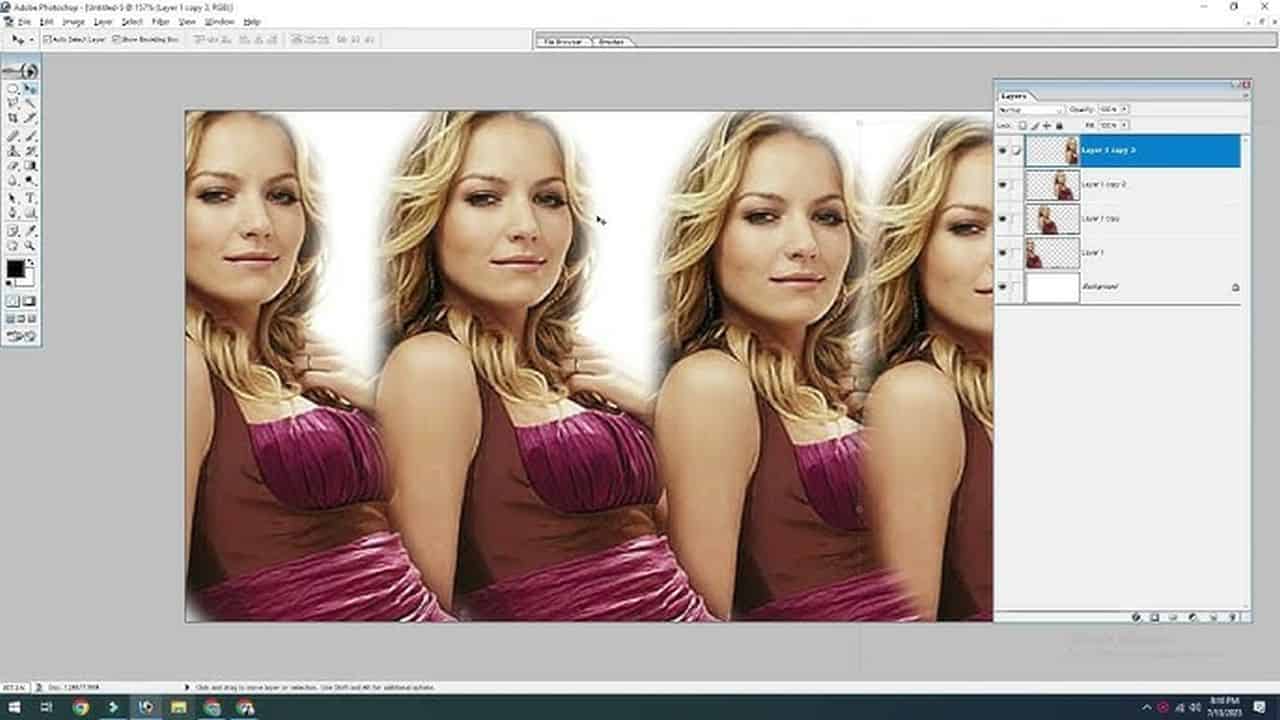
I’ve been using Noiseware for a while, and I gotta say, it does a stellar job at bringing back the right tones and contrasts. It’s pretty simple to get the hang of it, too. But you know what? It takes some patience to dial in those adjustments just right.
And let’s face it – compared to some of the new kids on the block, Noiseware’s noise reduction algorithm feels a bit like yesterday’s news.
Still, when I’m crunching through piles of photos and time is not on my side, its fast processing is such a lifesaver. Yep, even though I might grumble about spending extra minutes tweaking things here and there.
Remember that if you’re down for some old-school charm with your photo editing tools and don’t mind putting in the work – Noiseware could be your buddy in this noisy world.
Alrighty then! Let’s talk about another heavyweight in this game – Luminar NEO…
Luminar NEO
Luminar NEO is like a Swiss Army knife for photo editing, and it tackles noise reduction with style. I’m talking about one-click fixes that make grainy photos smooth without turning them into mush.
It’s smart, too – understands where the noise is hiding and zaps it! And what’s cool? You get some fancy AI tricks up its sleeve to keep your details sharp while wiping away the pesky noise.
The pros are big with Luminar NEO – user-friendly interface, creative tools galore, and you don’t have to be a tech whiz to get awesome results. But let’s be real; no software is perfect.
Sometimes it can run slow if your computer isn’t beefy enough (those deep learning features love a good workout). Plus, the cost might pinch your wallet more than other options out there.
Yet, if you’re after top-notch noise reduction and willing to invest in quality, this could be your go-to tool. If you wanna try or buy (see what I did there?), look around for those referral links; they help a fellow geek out!
Capture One
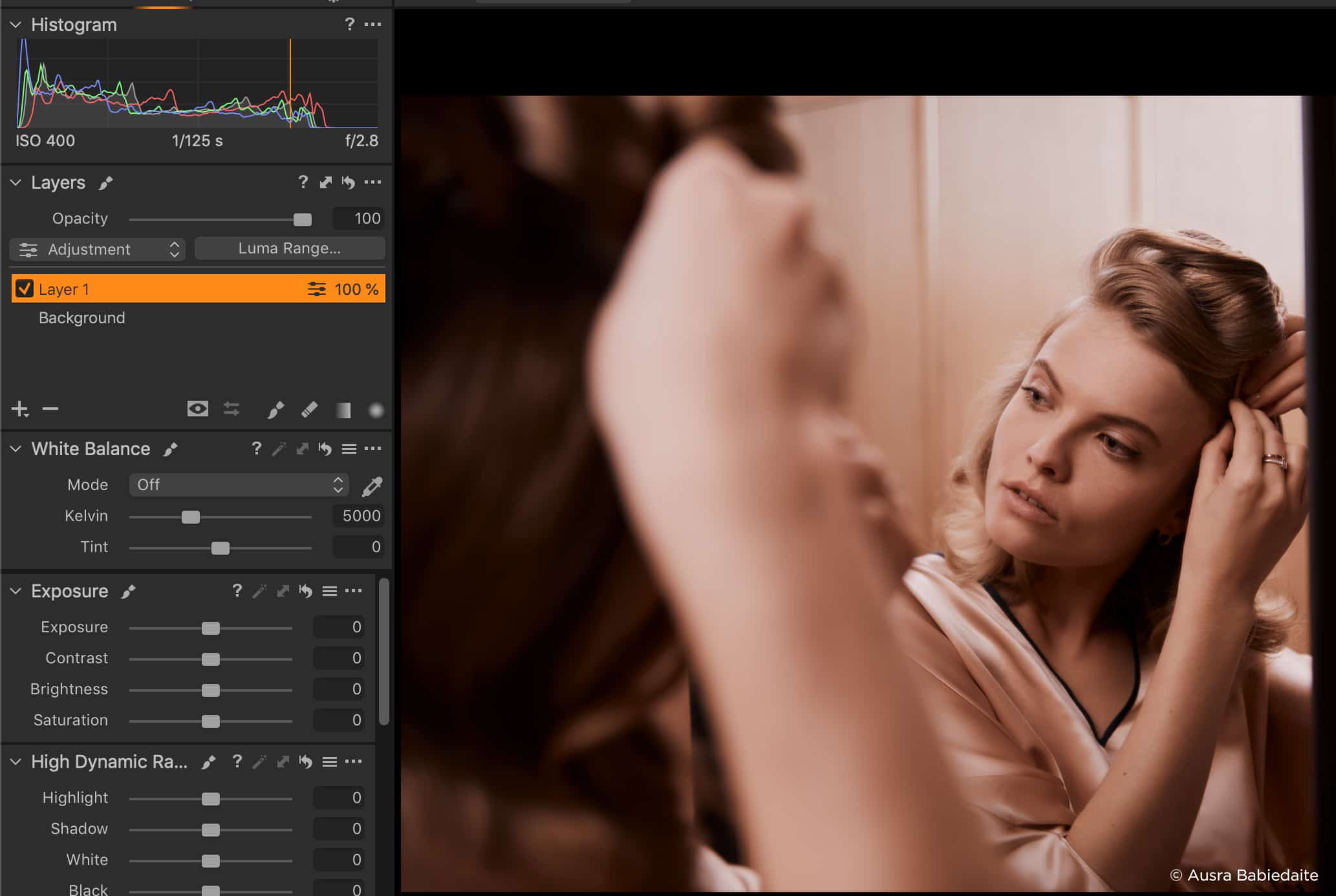
Okay, so we just talked about Luminar NEO and its tricks for cutting down noise in your shots. Now let’s chat about Capture One. I’ll be straightforward—some folks aren’t thrilled with how it handles noise reduction.
They say their pictures still look a bit grainy even after using it.
But here’s a little secret from the pros: they often mix things up by pairing Capture One with another tool, like Topaz DeNoise AI. It’s kind of like adding an extra superhero to your team when one isn’t enough! This combo can really make a difference and give you those clean, clear photos you’re chasing—even in tough lighting.
Sure, it means spending some cash on an extra plugin, but hey, if it gets the job done right? Worth it!
Detailed Analysis of Top Noise Reduction Software
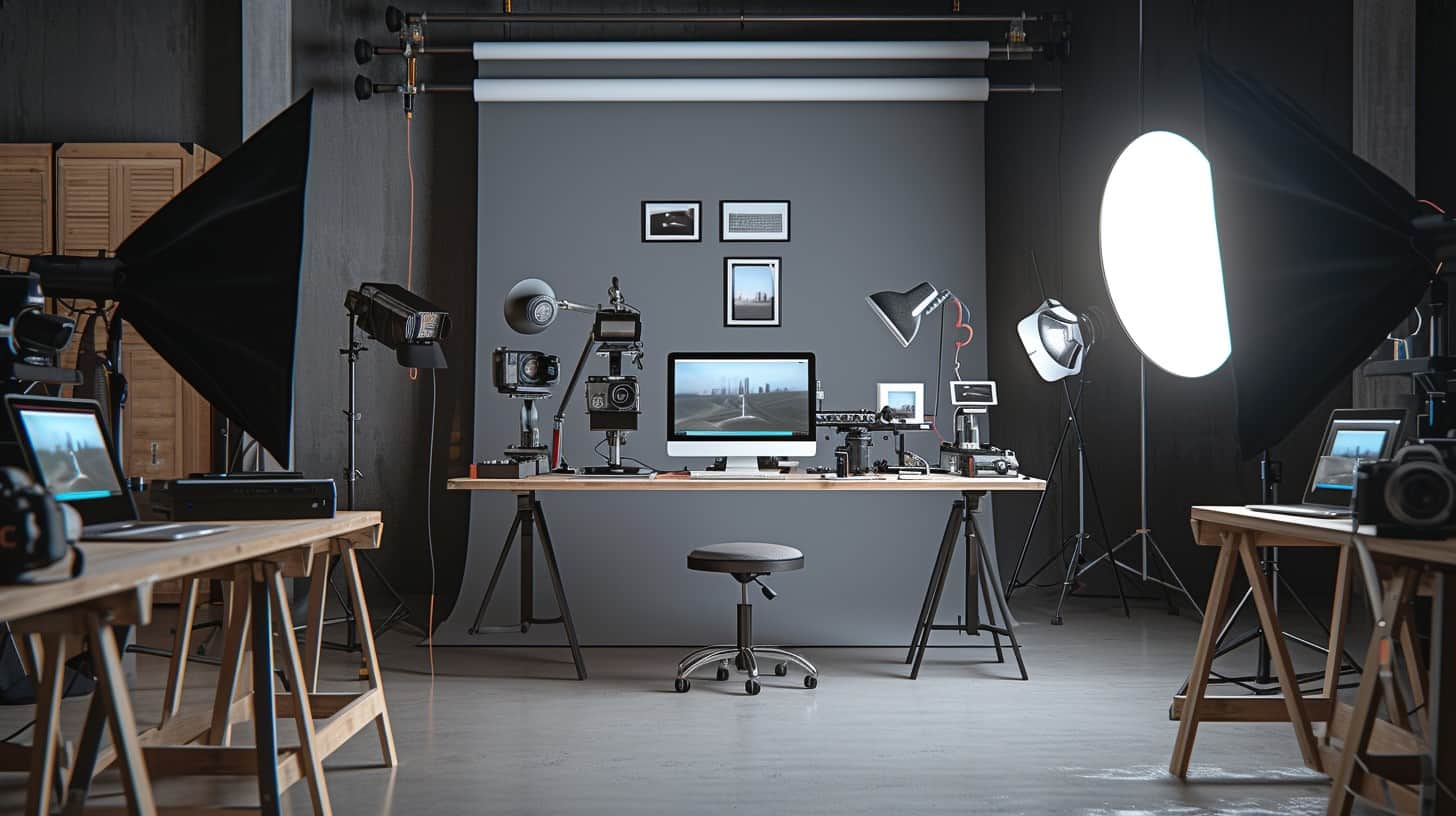
Let’s dive deep into the nitty-gritty of noise reduction software. It’s like magic how these tools can swoop in and clean up those pesky grainy bits ruining our low-light shots. Imagine you’re working with a picture taken at dusk, it’s full of that annoying digital “static.” This is where Topaz DeNoise AI shines – think of it as a superhero for your photos.
You just need to run your image through this software, and voilà! The noise vanishes, while all the important details stay sharp.
Picture this: I’m tweaking settings in DxO PureRaw 2, and my jaw drops because even the subtle textures are still there after stripping away noise. These programs aren’t just about mindless cleaning; they understand what makes a photo pop – texture, depth, clarity.
Plus, many come with sliders, giving us control freaks (in the best way) total power over what stays and goes in our images. No more choosing between noisy or mushy pictures—it’s time we get both silky smoothness and crisp detail!
Topaz Denoise AI
Alright, picture this: you’ve just wrapped up a photo shoot and are super excited to see the magic, but then bam—grainy images everywhere. Enter Topaz Denoise AI, stepping into the ring like a noise-canceling superhero for your photos! It’s got smarts (thanks to that brainy AI) and some neat tricks up its digital sleeves.
Let’s dive in and see if it really packs that punch we’re all hoping for, shall we?.
Features & Performance (Topaz Denoise AI)
So, I got my hands on Topaz DeNoise AI and let me tell you, it’s a game-changer. It tackles both the pesky color specks and those blurry gray spots in your photos—that’s luminance and color noise for the tech heads.
Plus, there’s this cool detail slider that lets you sharpen up the image without making the noise stand out more. And ever seen those random bright dots in a photo? The single pixel slider makes them vanish like magic.
Now, I’m all about getting real crisp images even when shooting at high ISO settings—yeah, low light photography is my jam! That’s where Topaz DeNoise AI really shines. It dips into that deep learning wizardry to clean up photos without smudging all those fine lines and textures.
We’re talking seriously impressive stuff here! I mean, nothing sours an epic shot quite like grainy fuzziness taking over—and with this software keeping prices reasonable? Sign me up for noiseless nights and pristine pics!
Pros & Cons (Topaz Denoise AI)
Alright, after diving into the features and performance of Topaz Denoise AI, let’s hash out the good and the not-so-good bits. I’ve faced the music with this software, and here’s my two cents on its pros and cons, laid out all neat and tidy in this nifty table just for you, my fellow geeks.
| Pros of Topaz Denoise AI | Cons of Topaz Denoise AI |
|---|---|
| Cutting edge noise reduction algorithm | High system requirements |
| Stellar detail preservation | Can be slow to process images |
| Convenient batch mode for multiple photos | Paid updates after 1 year |
| Supports RAW and DNG file formats | |
| Diverse AI models for different scenarios | |
| Handy chat support for troubleshooting |
Just remember, no software is perfect, and this table is here to help you weigh the benefits against the drawbacks. Whether Topaz Denoise AI is your holy grail or a no-go depends on your specific needs and your rig’s horsepower. Keep your eyes peeled on those specs, and you’ll make a choice that’s right up your alley!
DxO PureRaw 2
Well, folks, hold on to your hats because I’m about to dive into the world of DxO PureRaw 2… Yeah, you heard it right – this isn’t just another noise reduction contender; it’s like that secret weapon in your camera bag that’s waiting for its turn to shine.
And trust me, we’re going deep (like scuba-diving-in-the-Mariana-Trench deep) into what makes this software stand out from the crowd. Spoiler alert: It’s a game-changer for those pesky grainy photos!
Features & Performance (DxO PureRaw 2)
Wow, DxO PureRaw 2 really steps up the game for noise reduction. It’s like a ninja silently attacking grainy spots and color fuzz in your photos. You’ve got this awesome detail slider that helps keep the sharpness intact while kicking noise to the curb.
And get this, there’s even a tool for zapping those pesky hot pixels that sometimes crash the photo party – talk about attention to detail!
Imagine clicking just a few buttons and watching your pics go from noisy neighbors to sleek city slickers. Plus, if you’re already hanging out in Lightroom, it slides right in as a plug-in, making it super easy to weave into your post-processing flow.
Noise control? Check. Sharpening? Double-check. Lens corrections? Oh yeah, it covers that too! DxO PureRaw 2 is all about giving you cleaner images without breaking a sweat or losing those precious details we photographers love so much.
Pros & Cons (DxO PureRaw 2)
So, I’ve just dived deep into the features and performance of DxO PureRaw 2, and let’s just say, I was like a kid in a candy store with all the tech goodness. But now, let’s get down to the nitty-gritty — the pros and cons, ’cause let’s face it, no software’s perfect.
| Pros | Cons |
|---|---|
| Intuitive workflow that’s a breeze for pros and newbies alike | Lack of input settings can be a hiccup for those who love to micromanage |
| Artificial intelligence that’s not just buzz — it seriously knows its noise reduction | No Photoshop plugin, so you Photoshop aficionados might feel a bit left out |
| Superb at cleaning up image noise without smudging the life out of fine details | … |
| … | … |
I could keep rambling about the ins and outs of DxO PureRaw 2, but I reckon you’d rather play around with it yourself, right? Just keep these pros and cons in mind when you’re deciding if it’s your photo noise knight in shining software armor.
ON1 NoNoise AI
Alright, let’s dive into the world of ON1 NoNoise AI. Now, imagine you’ve just come back from a low-light shoot and your photos are looking like they got hit with a sprinkle of digital confetti – that’s where this slick tool comes to the rescue.
It’s kind of like having a magic wand for your images; one minute they’re noisy as an old TV set, and the next – presto – smooth and crisp.
Features & Performance (ON1 NoNoise AI)
So, ON1 NoNoise AI is this pretty rad tool for getting rid of those annoying specks and fuzz in your photos. Picture this: you’ve shot some killer pics at a concert, but the low light made them kinda grainy.
Whip out ON1 NoNoise AI and bam! – its AI magic scrubs away the noise while keeping all that detail sharp. You’re left with images that look like they were taken in perfect lighting.
This bad boy’s got sliders to tweak how much clean-up you want on luminance and color noise, so you have total control. Plus, it can even unblur things a bit if noise reduction has softened important parts of your photo too much.
But sometimes it might make you wait—patience is key because it can run slow on complex images. And sure, the interface could use some sprucing up; let’s just say not everyone finds their way around intuitively right off the bat.
Pros & Cons (ON1 NoNoise AI)
I’ve been on the lookout for some solid noise reduction software, right? And let me tell you, ON1 NoNoise AI caught my eye. It’s quite the talk of the town among us geeks. I mean, it’s got features that aim to knock your socks off, but—spoiler alert—it’s not all sunshine and rainbows. Let me lay out the good and the iffy parts for you.
| Pros of ON1 NoNoise AI | Cons of ON1 NoNoise AI |
|---|---|
| Automatic noise removal that just gets the job done | Sometimes, it’s like waiting for paint to dry—it can be slow |
| Adjustment sliders give you control… like a boss | The interface isn’t winning any beauty contests, plus it’s kinda clunky |
| Low-light mode, because who doesn’t shoot in the dark sometimes? | “Where the heck is that button?” moments—yeah, unintuitive is the word |
Cranking up the geekiness here, this software gets some aspects right, making you feel like a photo wizard. But when you’re deep into editing, and it starts to drag? That’s when you might wish you’d gone with something snappier. Those sliders are sweet, but wrestling with a tricky interface? Not so much. And low-light mode is pretty rad, except when you can’t find your tools in the dark, metaphorically speaking.
Adobe Lightroom
Let me tell you about Adobe Lightroom, folks—it’s like that trusty Swiss Army knife in your digital darkroom drawer. If tweaking sliders and watching graininess fade away gets your heart racing (mine too!), then Lightroom’s sleek interface and powerful noise reduction tools are gonna feel just right for your photo projects.
Features & Performance (Adobe Lightroom)
So, I’ve been dabbling with Adobe Lightroom’s noise reduction and yup, it’s pretty solid. It’s like having a Swiss Army knife for your photos. You get this whole package where you can tweak and fiddle with your images to make them look awesome.
And hey, the new AI denoise they’re rolling out? It’s definitely stepping up the game—no need to shell out extra cash for other plugins.
I gotta say though, while the AI’s doing its thing, sometimes I wish it had more models to choose from, just to switch things up a bit. But overall, for $9.99 a month? Not bad at all! With Lightroom handing me a 4/5 effectiveness rating in slashing that pesky noise..
yeah, count me in! And let’s not forget batch editing – talk about a timesaver when working on loads of pics at once.
Pros & Cons (Adobe Lightroom)
After giving you the lowdown on what makes Adobe Lightroom shine in performance, let’s dive right into the meat—its strengths and weaknesses. Hey, no app is perfect, but here’s the scoop on where Lightroom stands out and where it might leave you hanging.
| Pros of Adobe Lightroom | Cons of Adobe Lightroom |
|---|---|
| Complete photo editor that’s like a Swiss Army knife for your images | AI denoise could use some buffing up—it’s not yet the sharpest tool in the shed |
| Isn’t it cool to have a ton of noise reduction plugins at your fingertips? Talk about options! | When it comes to AI denoise models, it’s slim pickings—leaves you wishing for more variety |
| Batch editing is a lifesaver when you’ve got a heap of photos crying out for noise reduction | … |
Batch editing – oh, what a dream when you’ve got a mountain of shots from that low-light concert, right? Just line ’em up, and knock ’em out. But, let’s keep it real; the AI denoise isn’t quite hitting that rock star status yet. While the tool gets you some of the way, some of us tech heads might be left wanting more precision and choices to finetune our noise reduction symphony.
Adobe Photoshop
So, let’s talk about Adobe Photoshop—the OG of image editors. It’s kinda like that trusty old knife in your kitchen; sure, it might not be the flashiest tool in the drawer anymore, but man does it still slice and dice through noise like a hot knife through butter!
Features & Performance (Adobe Photoshop)
Adobe Photoshop has some real slick tricks for making those pesky specks and splotches in your photos disappear. Seriously, it’s like a magic wand for cleaning up image noise. You get to tweak both luminance and color noise – that’s like the static on your old TV screen and weird color dots where they shouldn’t be.
And there’s this detail slider… oh boy, does it let you sharpen things up without making the noisy bits scream at you.
Now, if we’re talking performance, Photoshop is no lightweight; it’s ready for any heavy lifting in the photo editing gym. Full of tools that let you fix just about anything in a picture – layers upon layers of options, plus graphic design gadgets for when you feel artsy.
It fits right into my need to make every pixel perfect. That single pixel slider? It knocks out “hot pixels” like they’re not even there! This powerhouse makes sure I’ve got all angles covered when aiming for flawless shots or creating something new and cool from scratch.
Pros & Cons (Adobe Photoshop)
Let’s talk about the giant in the room, Photoshop. Yeah, I know, it’s like the Swiss Army knife for us photo geeks, right? But even the mightiest tools have their strengths and weaknesses when it comes to noise reduction. So, here’s my take on what’s hot and what’s not with Photoshop’s ability to hush the noise in our pics.
| Pros | Cons |
|---|---|
| Variety of noise reduction tools | Steep learning curve for newbies |
| Advanced masking capabilities | Can be resource-intensive on your computer |
| Access to a plethora of plugins | Full feature set might be overkill for just noise reduction |
| Integration with Adobe Creative Cloud | Subscription-based pricing model |
| Non-destructive editing workflow | Interface can be overwhelming at first glance |
| Regular updates with new features | Some find the cost prohibitive for a single feature use |
You see, Photoshop’s a bit like that high school overachiever – it’s got a ton of tricks up its sleeve. Sure, the learning curve’s tough, especially if you’re just starting. But once you get the hang of it, it’s like – boom – you’ve got the power to silence the noise like a ninja.
The masking tools? They’re so slick, they let you target the exact spots that need a little quiet time. And the plugins, man, there’s just an endless stream of ’em. It’s like having an all-access pass to the ultimate noise reduction concert.
But, the flip side is, it might feel like bringing a tank to a knife fight. Overkill much? Plus, that subscription fee keeps coming every month. You gotta weigh that against how much you’re actually using the noise reduction tools. And not to forget, it might just make your computer crawl if it’s not up to the task.
In the end, Photoshop is that friend who’s always got your back – a bit high maintenance, sure – but worth it if you need the heavy lifting done. Just don’t expect it to be a walk in the park, and definitely keep your wallet in check.
Noiseware
Oh, Noiseware, you underrated gem! Sure, it might not be the first name off everyone’s lips when they dive into the noise reduction pool, but lemme tell ya—it packs a punch in smoothing out those pesky grainy bits that sneak into our shots.
(I’ve got some tales about that… but more on its wizardry later!).
Features & Performance (Noiseware)
So, I’ve been playing around with Noiseware and let me tell you—it’s a lifesaver for cleaning up those noisy photos. You know the ones I’m talking about, right? Those shots where it looks like static is just dancing all over the place.
With Noiseware, there’s this cool set of preset modes that make it super easy to start reducing noise. But what I love is that you can tweak things however you want with its customizable options.
It really brings out the clean look in your pictures without messing up all those important details. And hey, as someone who geeks out over getting images just right, that detail retention feature is pretty awesome! It feels like having a magic wand at your fingertips—I mean, one minute your photo is grainy and the next thing you know, poof! It’s crystal clear.
Definitely worth giving a shot if annoying image noise bugs you as much as it does me.
Pros & Cons (Noiseware)
As a photography enthusiast, I’m always on the lookout for tools that enhance my image quality, and Noiseware is a staple in my editing toolkit. It’s like having a magic wand to banish those pesky digital gremlins we call “noise”. Trust me, it can be a game-changer for your low-light shots. Here’s a rundown of what I’ve found to be the pros and cons of Noiseware:
| Pros | Cons |
|---|---|
| Intuitive interface – even if you’re not a tech wizard, you’ll find it straightforward. | Lacks some of the advanced features of competitors – if you’re a pro, you might miss the bells and whistles. |
| Preset modes come in handy – they save time when you’re in a hurry to clean up an image. | Can be a bit too aggressive – if you’re not careful, you might wipe out some fine details. |
| Customizable options – allows you to tweak to your heart’s content. | Sometimes slow on larger files – patience is a virtue, but hey, we’re only human. |
| Good at preserving details – when dialed in, it maintains the photo’s texture. | Learning curve for best results – might take a few tries to nail the perfect settings. |
| Batch processing – a lifesaver when you have a ton of images from that late-night shoot. | Interface feels dated – could use a touch of modern design to make the experience more enjoyable. |
In my journey through countless photo edits, Noiseware has been a trusty sidekick. It’s all about finding that sweet spot between noise reduction and detail preservation. If you dive into its customizable settings, it’s like unlocking a treasure trove of potential for your images. Sure, it’s not without its flaws, but what is? (Hint: not my photography—thanks to Noiseware!)
Luminar NEO
Oh boy, Luminar NEO really throws a curveball in the noise reduction game! It’s like they took all our editing woes, packed ’em into a piñata, and let AI swing the bat—talk about smart cleanup.
(You’re gonna want to stick around for this one because it’s got some tricks up its digital sleeves that’ll make those grainy photos smooth as butter.).
Features & Performance (Luminar NEO)
I’ve got my hands on Luminar NEO, and let me tell you, it’s pretty slick for tackling noise. This software can handle both luminance and color noise without breaking a sweat. It’s got these sliders that let you tweak details and even target pesky single pixels.
So if you’re into precision, NEO has your back.
Now, we all love a bit of control in our image manipulation adventures, right? Good news then—Luminar NEO lets you play around with basic settings or dive deep with masks and layers for selective adjustments.
The cool part is how it keeps the photo detail nice and crisp while saying “see ya” to the graininess. Plus at $79 for a forever license or $59 for an annual one—it doesn’t nuke your wallet either! Just keep in mind; some folks think it deserves more than its 3.5/5 stars rating.
Heading straight from features to feeling like a pro—a great tool needs to be as easy as pie, right? And that’s what Luminar NEO brings to the table (or should I say desk?). Let’s march onto those pros & cons..
Pros & Cons (Luminar NEO)
Let’s dive right into the pros and cons of Luminar NEO, and I’m gonna lay it out nice and simple in a table for you. We’re talking about a piece of software that, at a glance, seems to have a lot going for it, but no tech is perfect – let’s be real.
| Pros | Cons |
|---|---|
| Simplicity in design | Lacks AI-based denoising |
| Easy on the wallet | Can be slower than a sloth on a lazy day |
| The joy of frequent updates | No plugins to buddy up with Lightroom or Photoshop |
| Layers? Yes, please! | … |
Taking simplicity as a starting point, Luminar NEO offers a user-friendly experience – we’re talking about a clean, intuitive interface. This means less time scratching your head and more time getting those photos noise-free.
Now, about affordability, NEO’s got your back with its one-time payment of $79 for a permanent license or $59 for an annual subscription. Sweet deal, huh?
But remember those frequent updates I mentioned? Yeah, that’s like getting a surprise bonus level in your favorite video game—always something new to explore.
And layers…ah, layers, where would we be without them? NEO gives you the power to stack edits like pancakes, which is fantastic for crafting that perfect shot.
However, we’ve got to address the elephant in the room – NEO doesn’t use AI for its denoising magic. That’s kinda like showing up to a high-tech party with a flip phone.
Plus, if you’re the impatient type, NEO’s slowness might just test your zen. We’re talking serious patience here, like waiting for your coffee to cool kind of slow.
Lastly, the lack of plugin love for Lightroom or Photoshop kinda feels like arriving at a potluck without a dish – a bit of a party foul for those who rely on those tools.
So there you have it, a quick rundown of the ups and downs of Luminar NEO. Now, shall we move on to see how Capture One stacks up in this noise reduction royal rumble?
Capture One
Alright, let’s get up close and personal with Capture One—this powerhouse of a program doesn’t mess around when it comes to noise reduction. I mean, if you’re after that crisp look without sacrificing the vibe of your shots, this is where things start getting real interesting..
You’ve gotta see what this bad boy can do!
Features & Performance (Capture One)
So, let’s dive into Capture One. The software really knows its stuff when it comes to cutting down color noise. You’ve got this handy slider that helps fix those pesky hot pixels too.
I mean, we’re talking about a tool here that lets you finesse your shots until they look just right.
But hey, nothing’s perfect, right? While tackling noise like a boss, Capture One can get a bit heavy-handed and sometimes details in the photos take a hit. Now, this might not be everyone’s cup of tea—especially since it asks for $299 upfront or 24 bucks every month! That price tag makes it the priciest option out there.
But if you’re all for premium features and don’t mind shelling out some extra dough, this could be your go-to for cleaner images without all that grainy messiness.
Pros & Cons (Capture One)
Alright, let’s dive into the pros and cons of Capture One, a big name in the photo editing world. I’ve got some thoughts, and let’s see how they translate into the real deal for you photo aficionados.
| Pros | Cons |
|---|---|
| – Industry-leading raw photo editor – Sophisticated luminance and color noise reduction controls – Detail slider for fine-tuning sharpness – Single pixel slider to target “hot pixels” | – High price tag at $349 or $24/mo – Incomplete noise removal, leading to muddy details for some users – Some photographers find noise reduction inferior to competitors – Steep learning curve for new users |
Capture One undoubtedly shines with its raw editing prowess. I love the precision it offers with both luminance and color noise control—it’s like having a magic wand at your fingertips. The sliders are a touch of genius, allowing me to eliminate those pesky “hot pixels” without breaking a sweat.
Now, let’s talk turkey—the cons. That price tag is no joke; shelling out $349 upfront or committing to a $24 monthly subscription can feel like a punch to the wallet. While I’m poking around in there, I’ve got to be honest: sometimes the noise doesn’t vanish completely. It’s like playing hide and seek, and some of the noise is still peeping from behind the curtains. And if you’re transitioning from another software, be prepared for a bit of a climb up the learning curve—it’s steep, folks!
So, for the geeks who also happen to be photography buffs, it’s all about weighing these pros and cons. Capture One has its charm, but it’s not without its quirks. You’ve got the intel—now make that power move.
Comparative Analysis: Best Noise Reduction Software
So, you’ve got this treasure trove of noise reduction software at your fingertips, but the million-dollar question remains – which one reigns supreme for scrubbing away that pesky digital grime in your photos? Let’s stack ’em up side by side and see how they fare.
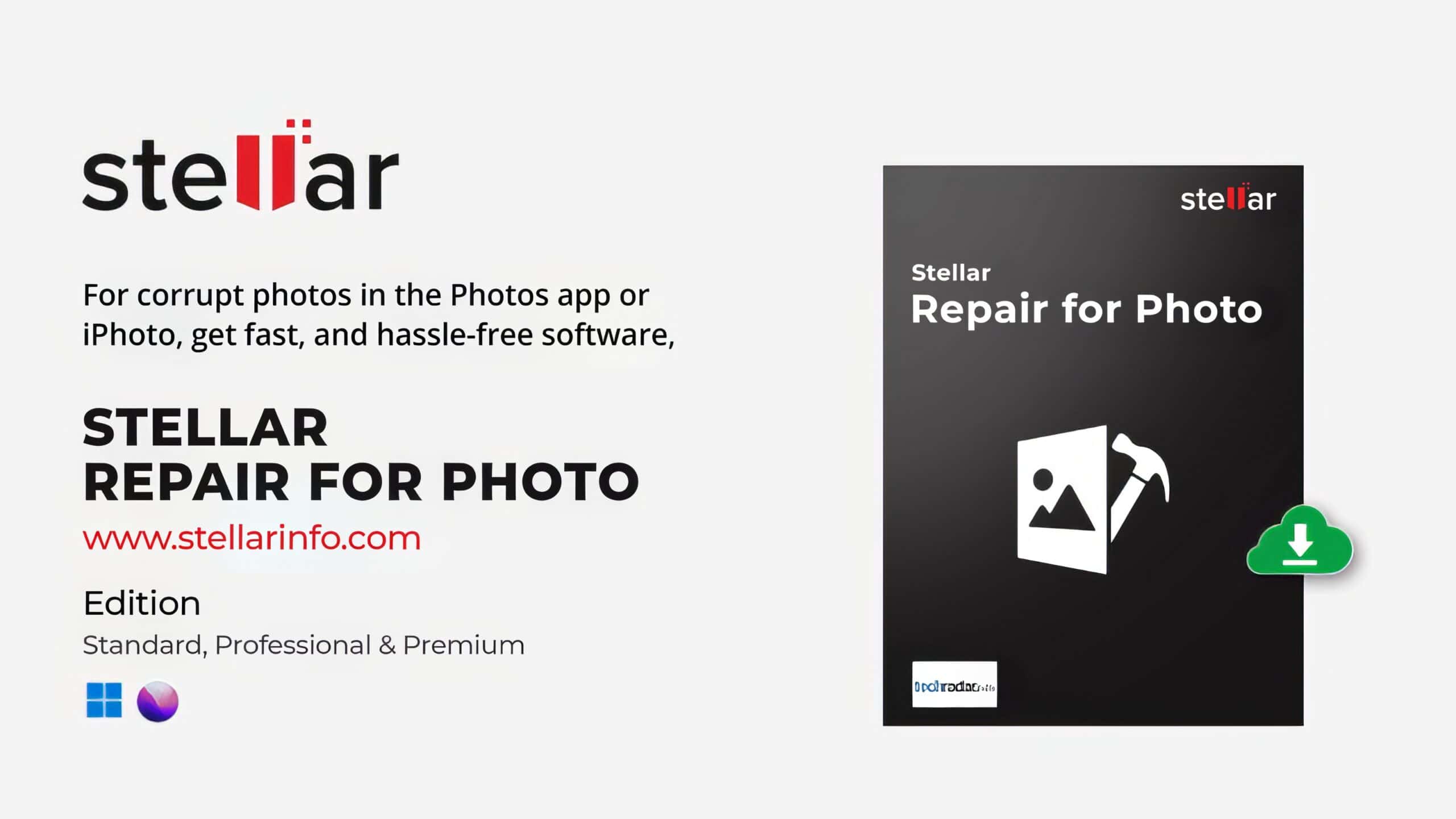
And hey, remember, if you’ve ever gone a tad overboard with the noise reduction sliders and ended up with a photo that’s more modern art than masterpiece, don’t sweat it. That’s where photo repair software like Stellar Repair for Photo can swoop in to save the day, fixing up those corrupted files until they’re good as new. But for now, let’s dive into the nitty-gritty with a handy-dandy HTML table because who doesn’t love a bit of organized data?
| Software | Strengths | Weaknesses | Price Point |
|---|---|---|---|
| Topaz Denoise AI | Stellar at high-ISO noise, AI-powered precision | Can be resource-intensive | Mid-range, with free trial |
| DxO PureRaw 2 | Integrates lens corrections, great for RAW | Limited features beyond noise reduction | Premium |
| ON1 NoNoise AI | Fast, real-time adjustments | May struggle with extreme noise | Mid-range |
| Adobe Lightroom | Comprehensive toolset, cloud storage | Subscription-based, steeper learning curve | Subscription |
| Adobe Photoshop | Unparalleled editing capabilities | Complex for beginners, pricey for some | Subscription |
| Noiseware | Powerful noise profiling | Interface could use a facelift | One-time purchase |
| Luminar NEO | AI assistance, fun to use | Occasional software hiccups | Mid-range |
| Capture One | Professional color grading | Premium pricing, steep learning curve | Premium |
Decisions, decisions… Picking the best noise reduction software feels like trying to pick your favorite ice cream flavor – they’ve all got their own unique twist that makes ’em special. You’ve got the AI marvels Topaz Denoise AI and ON1 NoNoise AI dishing out crisp images, with DxO PureRaw 2 throwing in some lens correction magic. And Adobe’s dynamic duo, Lightroom and Photoshop, are like the Swiss Army knives of photo editing – costly, sure, but packed with tools.
Then there’s Noiseware, the old-school hero not afraid to tackle noise head-on without any flashy bells and whistles. And can’t forget Luminar NEO – it’s got that cool AI vibe with just a hint of quirk. Last but not least, Capture One offers up that chef’s kiss of color grading goodness, but at a price that might make your wallet wince.
Look, there’s no one-size-fits-all answer here. It’s all about finding the right fit for your photos and workflow. Just keep shootin’, keep editing, and keep those memories crystal clear – grain be gone!
Selecting the Right Noise Reduction Software for You
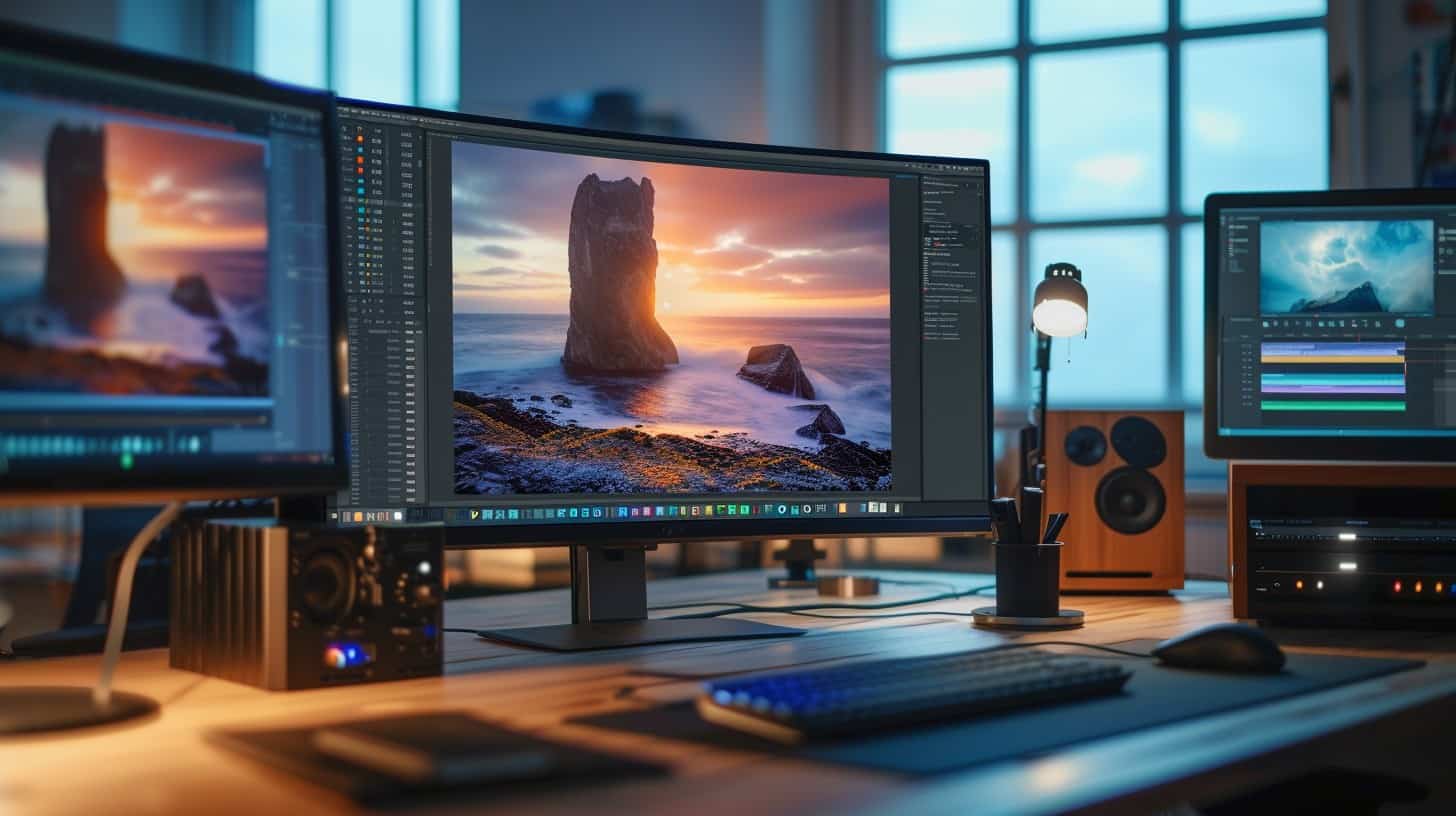
Alright, let’s wrap this up. Choosing the right noise reduction software is like picking the perfect pair of shoes – it should fit just right and feel good. Remember to think about what you need for your photos when making a choice.
And hey, don’t stress too much over it – with all these awesome options out there, you’re sure to find one that’ll make your pics look top-notch!
FAQs About Image Noise Reduction Software
What on earth is image noise, and why do my photos get it?
Image noise is like uninvited party crashers in your photos—it’s those tiny specks or grain that show up when you’re shooting in lower light or cranking up the ISO sensitivity. Basically, the camera’s sensor gets all excited trying to see in the dark, and poof—you’ve got noise!
Can I just yell “Scram!” to make noise go away from my pics?
Well, if only it were that easy! You need a good image noise reduction software to sneak up on those pesky dots and kick them out. Programs like Neat Image or even Adobe Lightroom CC are like your photo bouncers—they tidy things up, so your shots look smooth.
So what makes one of these fancy denoisers better than another?
You gotta think about stuff like how sensitive it is—can it find all kinds of noise without messing with your picture too much? Some tools also have GPU acceleration (that’s basically turbo speed thanks to your graphics card), which means less waiting around for cleaner snaps.
Wait… does this mean I don’t need my big ol’ camera anymore?
Hang tight there! Even though some programs can work miracles, starting with a great shot helps tons—think full-frame mirrorless camera versus a little compact camera when photographing at night or in lower light situations.
Is there something out there for folks without deep pockets?
Absolutely! There are options across the board—from totally free downloads to parts of pricier bundles like Nik Collection by DxO Photolab—and hey, sometimes Amazon.com has deals that’ll save you from breaking the piggy bank.
Alrighty… any last tips before I dive into de-noising my digital masterpieces?
Totally—remember that shutter speeds and apertures matter lots too! Messing with these can change the amount of light hitting your sensor (ahem – less grainy effect). And after de-noising, give ’em a preview; sharpen ’em if needed, but don’t overdo it—we want fabulous, not fake here!
